Combat aircraft. The winged horse for Dracula
World war is when almost the whole world is at war. In the First, it so happened that neighbors clung to each other's throats with and without it. And in World War II, there was also a practice when states that pursued their goals entered the war.
So it happened with Romania. Now I will not give an assessment of the plans of Antonescu and his puppet king Mihai, but the fact: Romania climbed into the war on the side of Germany against the USSR and naturally got through the horns.
But the brave Romanian warriors seemed to have fought. Fought and the Romanian Air Force. In general, what constituted a flying gypsy camp, proudly referred to as the Romanian Royal Air Force, is the topic of a separate and very humorous article. And now we’ll talk about the plane, which was the highest achievement of the Romanian design idea and which fought the whole war, from bell to bell.
Naturally, his fate was not easy. This fighter fought against the Allies, and against all: Soviet, American and British pilots. And after the coup, he fought quite normally against the German and Hungarian.
In short, it was just the gunman who ripened everywhere. Of course, he was far from the “Devatin D520”, about which I wrote earlier, the Frenchman managed to fight at the same time on both sides of the front, but the Romanian plane also worked out quite well.
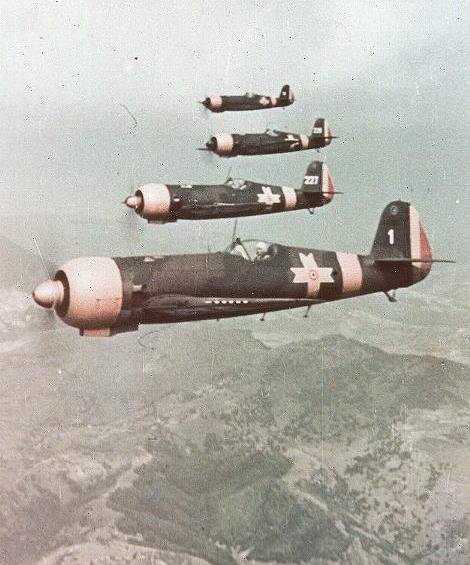
But when it comes to battles in the air, then 95% of the audience remembers the Messerschmitts, Fokke-Wulfs, Yakovlevs, Lavochkins, Mustangs, Zero. But really less well-known models fought in the sky.
This is the brainchild of the Romanian aviation industry, the IAR-80 fighter, we’ll talk about.
It is clear that Romania of those years (we are simply silent about modernity) could not be attributed to the leading aviation to the powers. However, they developed and built the aircraft themselves.
Developed - this, of course, is a little drawn out for fangs, because the Romanians simply adapted something already invented for themselves. That is, they bought licenses and then they themselves tried to build something.
Mostly Romanians were friends with the French (aircraft engines) and the Poles (everything else). At their huge factory by that standards (5 people) in Brasov, the Romanians built planes quite normally, covering half the country's needs for aircraft. The rest was bought, the benefit of the oil-bearing country was not observed problems with money.
In general, licensed Polish fighters of the PZL company were building in Brasov until they realized that they were not just falling behind, but falling behind catastrophically.
And when the concept came, a decision was made on its own to build a modern fighter: a monoplane with retractable landing gear.
For the Romanian design school - really a feat.
A group of designers, Ion Grosso, Ion Kocheryanu, Georgiu Zotta and Georgiu Vilner, accomplished this feat. And the plane was designed and built.
The heart was a real hot Romanian engine IAR-K14-II, a 14-cylinder, air-cooled, take-off power of 900 liters. from. Only a specialist could find the difference with the French Gnome-Ron 14K Mistral-Majeure, which was licensed by IAR. But such is the fate of all good motors - to be copied.
Then began the fun of Romanian designers.
To protect two fuel tanks with a total capacity of 403 liters and an oil tank of 18 liters, Romanian designers placed them behind the engine. Yes, a double star is a good additional protection, I agree.
But the cockpit with the pilot turned out to be so far assigned to the tail that the pilot saw practically nothing in front of him. And the most difficult thing to pilot IAR-80 was ... take off!
But really, the chassis was made retractable into the wing, the racks were closed by shields, the tail crutch was fixed. Suspension struts were oil.
Of course, the Romanian team did not bother with the development or purchase of synchronizers. A rather thick and durable wing was designed, in which four Belgian FN-Browning machine guns of 7,92 mm caliber were equipped with 2440 rounds of ammunition per barrel. For 1937, it was enough for itself "for life".
While engineers and designers were working on the project, the state itself decided that IAR would ... nationalize. What was done in 1938 no less elegantly than the French pressed their airlines. There was someone to learn from, I agree.
The new company became known as RAIAR, and Vizier Gross was appointed director. By the way, no one really protested, because money flowed from the budget, and this, as you know, is only welcome.
And in April 1939, the IAR-80 made its first flight. And it showed quite decent results for that time: at an altitude of 4 m, the aircraft accelerated to 500 km / h, gained altitude of 510 m in 5 minutes, and the maximum flight altitude was 000 km.
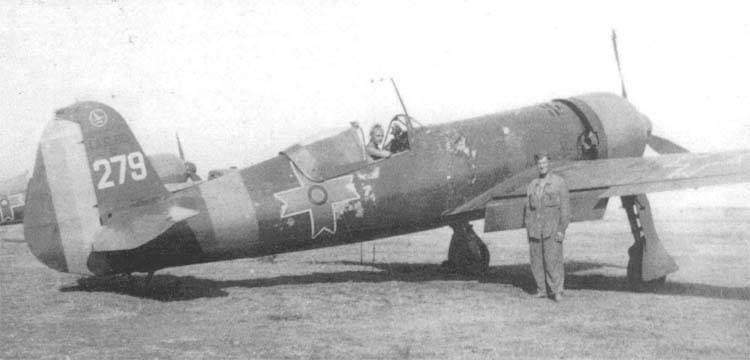
Military pilots rated the aircraft very positively, with the exception of takeoff. The review was really just disgusting, which led to several unpleasant incidents.
However, both at the plant, and in the design bureau, and, most importantly, in the military ministry, they were well aware that the rearrangement of the engine, tanks and cockpit was actually the construction of another aircraft. That is, to start all over again.
That is why the Romanian chiefs decided to make a knight's move: to invite experienced French pilots as testers.
Michel Detrois, a test pilot, known as a participant in many racing competitions, arrived from France. Detrois worked as a test pilot at the Moran-Solnez company and the Moran-Breguet-Vibot association. A very experienced pilot, by the way, is the only foreigner to win the US national championship in 1936.
In the first flight, Detroit was unable to take off and crashed the IAR-80, having rolled out of the runway. After the repair, the Frenchman managed to curb the Romanian horse and make several flights.
Noting just a terrible review, Detroit still gave a relatively positive review, since the plane was really frisky and had good maneuverability. That is, according to the French expert, the IAR-80 was a modern aircraft with one big drawback - a review and a not very powerful engine.
The Romanian command did just that. Having decided that all aircraft with a similar layout had such problems, the military decided to neglect the review. In addition, at that time a more powerful IAR-K14-III S-36 engine with a take-off power of 930 liters was already ready. from.
In addition, they slightly increased and strengthened the wing (by 0,5 m2), increased the capacity of the tanks to 455 liters, and made the cabin lantern lockable.
And by the end of 1940, a new plane began to enter the troops. The first batch consisted of 50 cars, on which the retraining of Romanian pilots began.
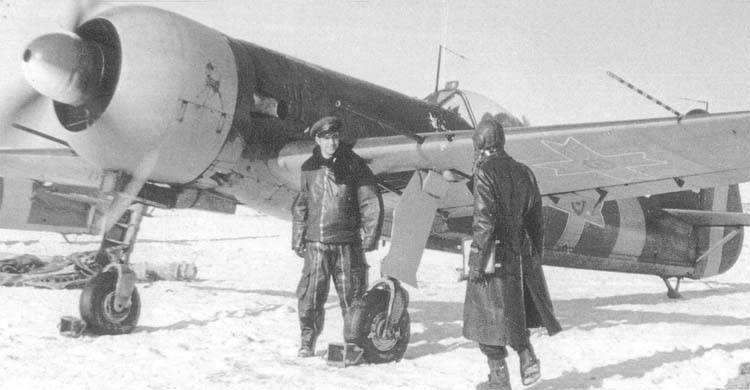
And in 1941, the first modification appeared. A new IAR-K14-IV S-32 engine with a capacity of 1000 hp appeared. True, it was heavier, had to strengthen the entire nose. All IAR-80 fighters released at that time (95 units) were returned to the factory in Brasov for re-equipment.
A more powerful engine allowed the installation of two more machine guns in the wings, bringing up to six. Plus, under the wing behind each landing gear, a bomb holder for a 50 kg bomb was installed. Aircraft with such modifications received the designation IAR-80A.
Romanian pilots prepared for operation “Barbarossa” together with German colleagues. In anticipation of the attack, the 8th air group (an analogue of our air regiment, consisting of only three squadrons) was relocated to border airfields and on June 22, 1941 began carrying out combat missions.
Further to the 8th joined the 7th air group, and as part of the 4th air fleet Luftwaffe Romanian pilots ensured the advance of the 3rd and 4th Romanian armies, first through the territory of Bessarabia and then through Ukraine.
IAR-80 was fought on the Eastern Front until 1944, when they began to be replaced everywhere with the Bf-109G.
But most of the Romanian Air Force was engaged in the protection and defense of the main asset - oil fields. The 1st, 3rd and 4th groups were engaged in this.
The war showed some weakness in the armament of the IAR-80, especially in operations against the Soviet IL-2. A rifle machine gun with a good supply of ammunition is good, but aircraft booking has also grown.
“By popular demand”, the pilots at the company created the IAR-80V modification, on which the pair of 7,92 mm caliber machine guns closest to the wing root was replaced with large-caliber 12,7 mm machine guns. In addition, the aircraft equipped with suspensions for two fuel tanks of 100 liters. every. Flight range increased from 730 to 1030 km.
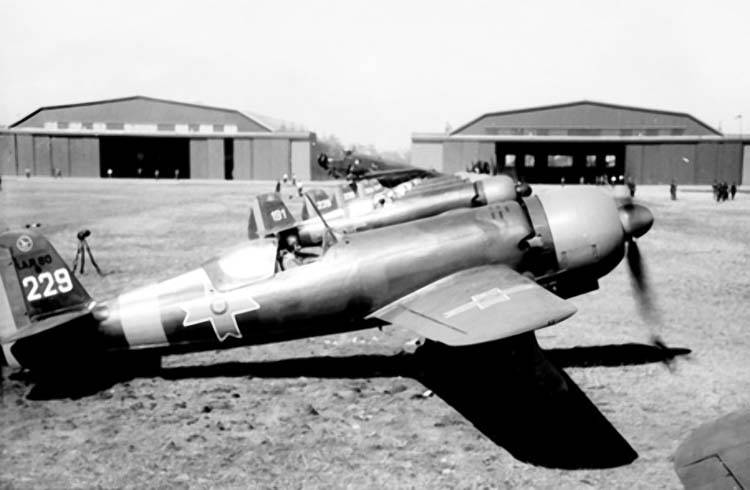
And the third, the latest modification of the IAR-80C, entered service in 1943. The whole difference from the “B” was that the 12,7 mm Belgian Browning was replaced with a 20 mm Romanian-made Ikaria gun.
No, a miracle did not happen. "Ikaria" is a licensed MG-FF gun, which in German version did not shine, and even in Romanian and even more so. But it was the IAR-80Cs so armed that took part in their most illustrious battle.
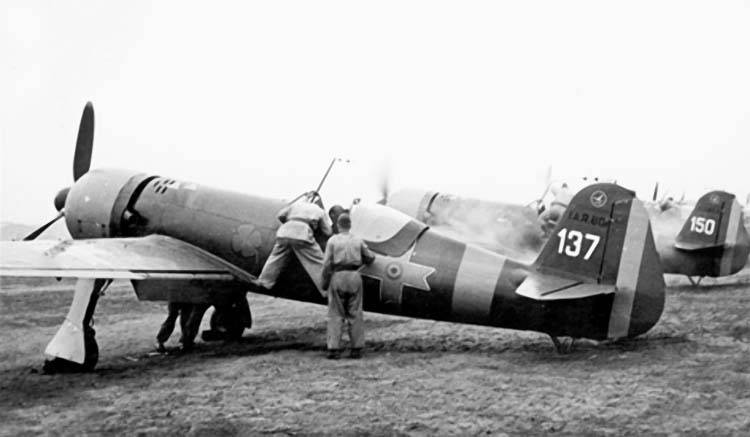
In general, Romanian pilots fought quite well in their skies. And they caused inconvenience to the Allied aviation working in the Ploiesti oil fields. To remove the Romanians from heaven once and for all, it was decided to smash the fighter base in Popesty-Leorden.
On June 10, 1944, more than a hundred P-38J Lightnings of the 15th air wing of the US Air Force headed for Popesty Leorden.
Once again, I must say. The Americans had long wanted to destroy this base, but they never managed to catch the Romanians by surprise. It so happened that the Romanian pilots fought back every time quite successfully.
Soaring at night from the Italian aerodromes, the Lightings planned to be above the aerodrome at around 8 in the morning. And calmly bomb. We walked at a very low altitude so as not to be detected. We walked confidently.
The trouble was that the Germans did not spare the radars for the allies, and the German "Freyas" and "Würzburgs" quite calmly spotted the Americans. Being quite sure that they were not found, the American pilots did not closely monitor the sky. But in vain.
That morning, 26 out of 38 aircraft ready for take-off were at the airport.
All of them took to the air and, knowing the course and altitude of the Americans, took an advantageous position. And then they staged an unsuspecting Yankees uniform battle. 26 versus 100 - this is not very small if there is an advantage in height and stealth.
Romanians shot down 24 Lightning at the cost of three of their aircraft.
On August 1, 1943, the IAR-80 and their pilots virtually died during Operation Tidal Wave. The purpose of the operation was the destruction of the largest possible number of facilities in Ploiesti and the disruption of oil supplies to the Axis countries.
228 B-24 Libererator bombers rose from airfields in Italy and, accompanied by the Mustangs, went to targets in Ploiesti. However, a very strong headwind made its own adjustments, and the Mustang escort could not accompany their bombers with fuel until the end of the route.
53 downed Liberator and 660 dead crew members were very spoiled by the already more than modest success of American aviation.
On August 20, 1944, Soviet troops crossed the Prut, and the dictator Antonescu was overthrown. Four days later, Romania declared war on its former ally, Germany, and the Romanian troops came under the command of the Red Army. The country's air forces became part of the 5th Soviet Air Army of the 2nd Ukrainian Front and in fact immediately began to fight against their now former allies.
When the war ended, the "winners" returned back to Romania.
And further, until 1949, IAR-80 of all modifications served as fighters of the air force of now socialist Romania. Then they were replaced by La-5 and Yak-9 (it was necessary to put them somewhere!), And it turned out that in the end there were no aircraft left, even for stories.
However, this attitude was in the entire social camp, to my greatest regret. What is on display at the War Museum in Bucharest is nothing more than a mock-up, similar to our mock-ups at Monino. Alas.
A total of 220 IAR-80s of all modifications were built. Say a little? For Romania - a lot. And in general, where is Romania and where is the aviation industry?
A very decent result, frankly speaking.
The plane, to be honest, was very good. Yes, a sore spot is a take-off review. Yes, "I blinded him from what was." But this machine fought quite well with Soviet and American planes, shot down the "Fortresses" (and it had to be able to!) And turned out to be extremely tenacious.
In general, a very, very worthy aircraft came out at Romania Aeronautics Industry.
LTX IAR-80A
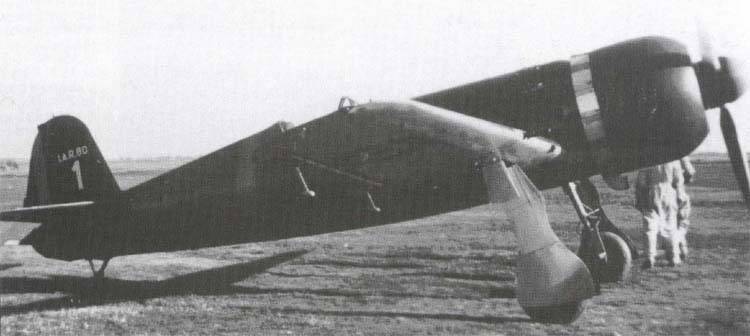
Wingspan, m: 10,52.
Length, m: 8,97.
Height, m: 3,60.
Wing area m: 15,97.
Weight, kg:
- empty aircraft: 2 110;
- normal takeoff: 2 720.
Engine: 1 x IAR 14K III C32 x 1000 hp
Maximum speed, km / h: 485.
Cruising speed, km / h: 424.
Practical range, km: 730.
Maximum rate of climb, m / min: 670.
Practical ceiling, m: 10 500.
Crew, person: 1.
Armament: Six 7,92 mm Browning FN machine guns.
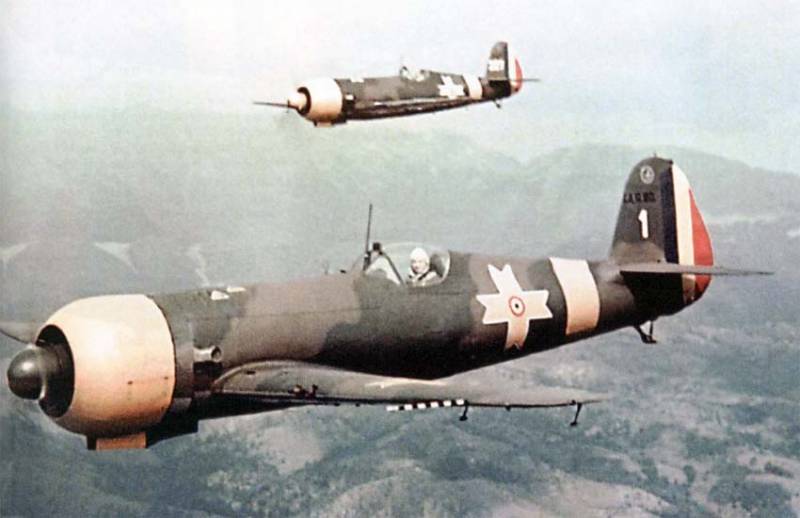
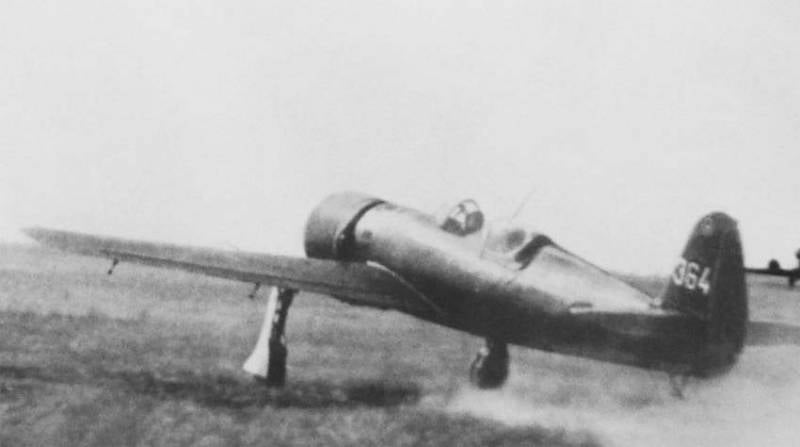
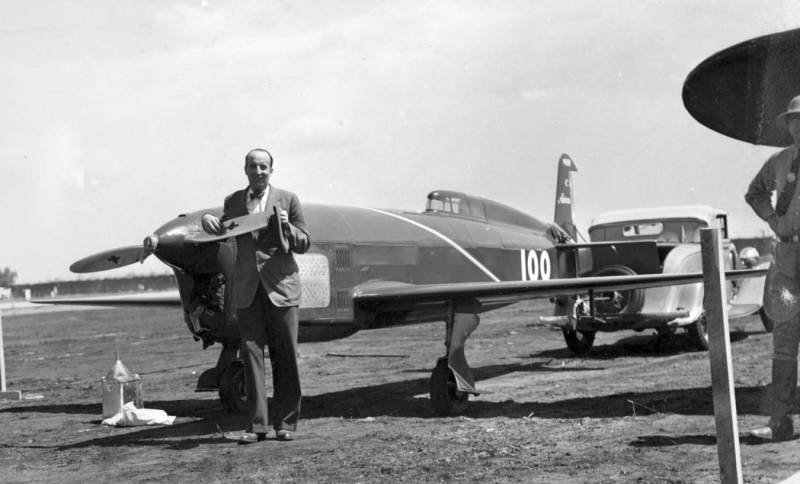
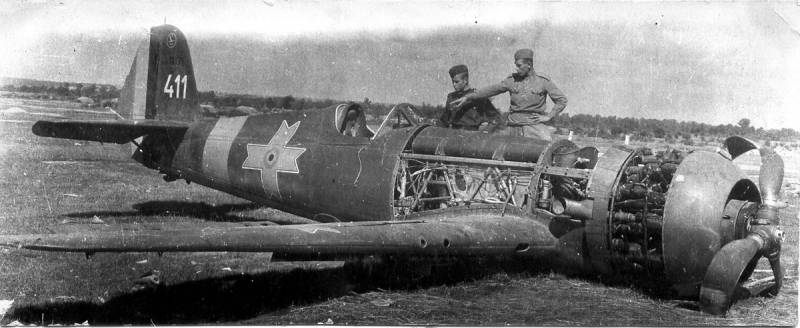
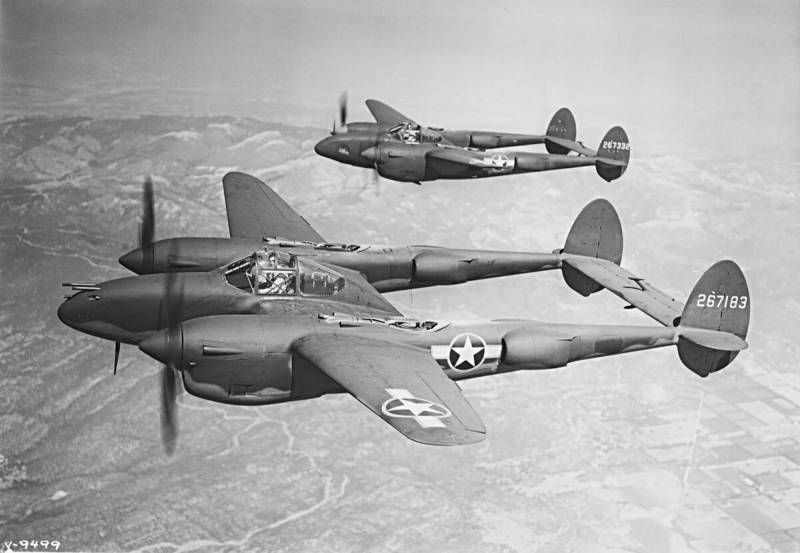
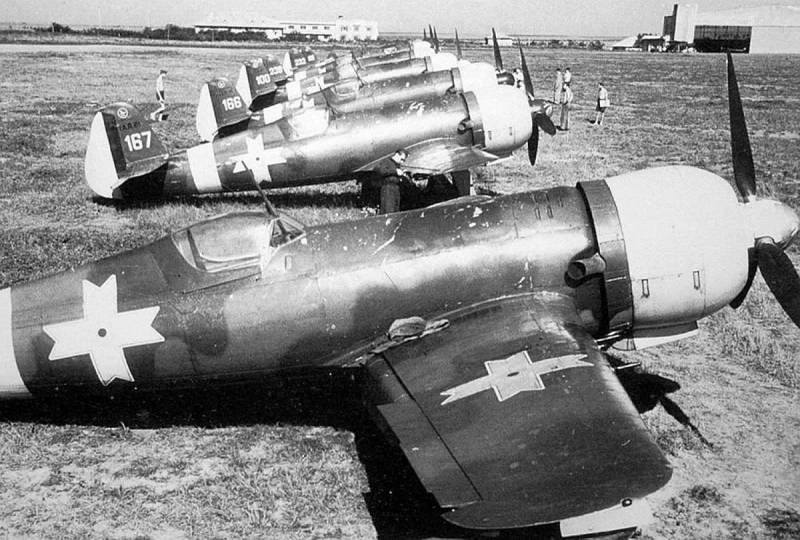
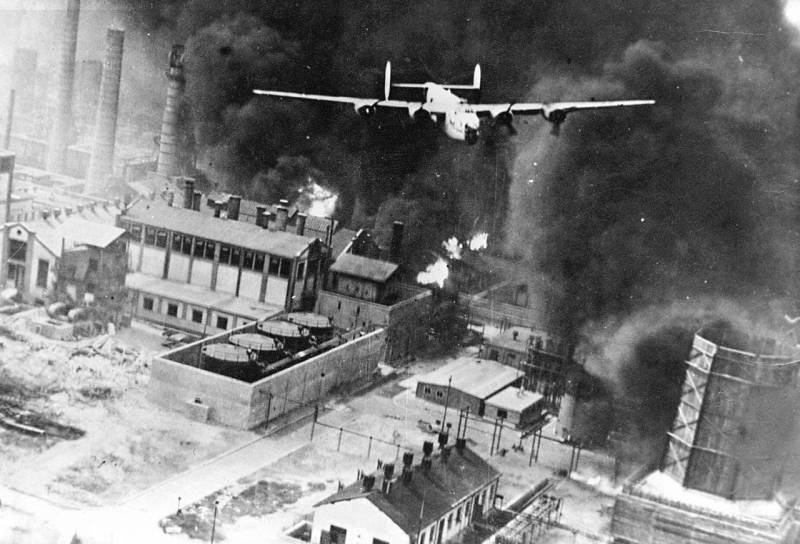
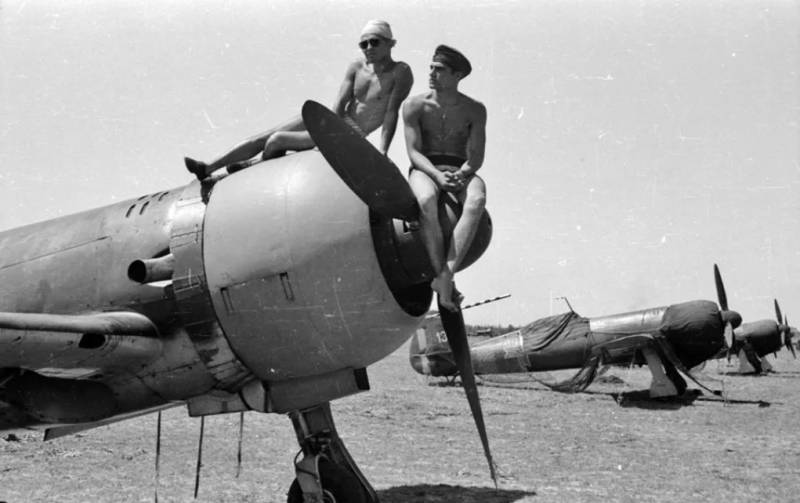
Information